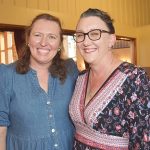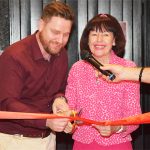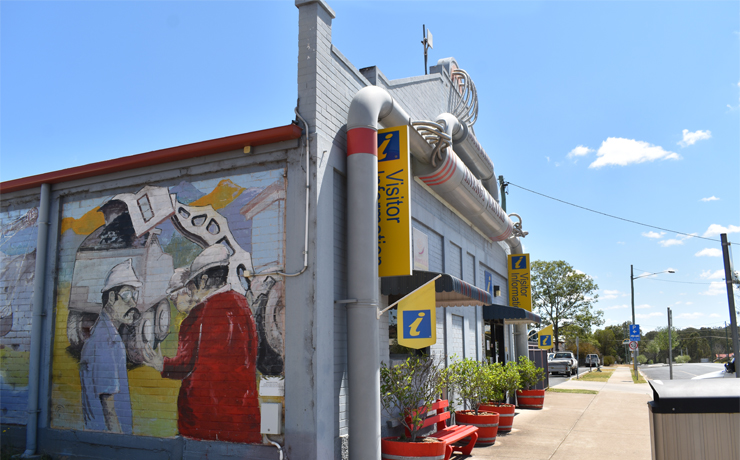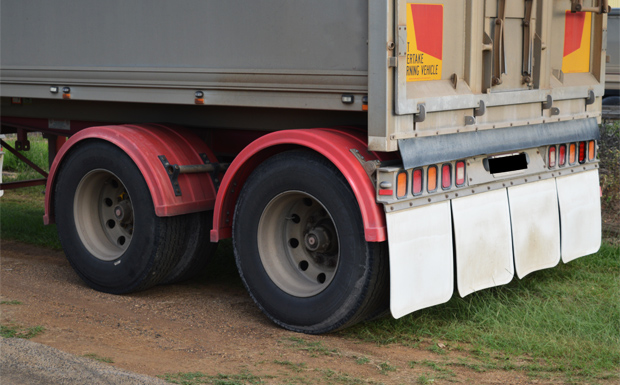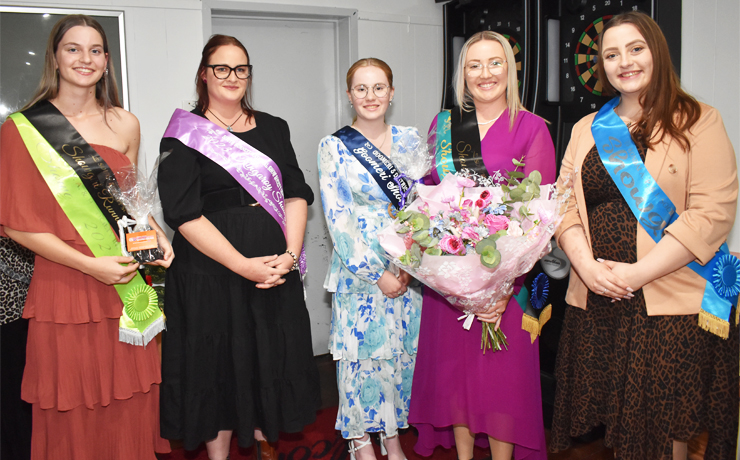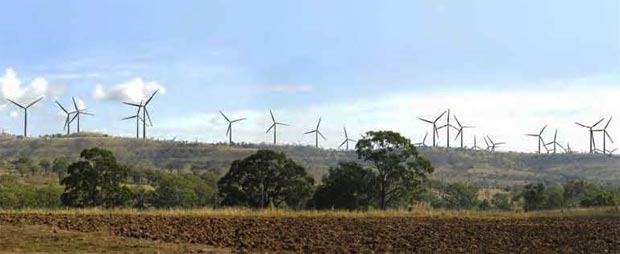
|
October 10, 2012
The lingering question mark over which authority – the State Government or the South Burnett Regional Council – will assess the application to build a wind farm at Coopers Gap is causing frustration for both opponents and fans of the the proposal.
And Council would love to know, too.
AGL wants to build a 350MW wind farm in two stages at Coopers Gap, situated between Dalby and Kingaroy.
Bryan Lyons, a spokesman for the Cooranga North Concerned Citizens Group, told southburnett.com.au the South Burnett Regional Council was keen to be the assessment manager.
But South Burnett Mayor Wayne Kratzmann said this isn’t quite true.
“We’re dead keen on finding out who will make the final decision,” he said.
And for this reason, South Burnett councillors have sought a meeting with Deputy Premier Jeff Seeney on October 30 to find out more information.
In August last year, Coopers Gap Wind Farm project manager Adam Mackett told SBBiz that AGL hoped to gain planning approval “through the legislative process”, implying a State Government decision.
In April this year, Cr Cheryl Dalton said she believed AGL could be seeking Community Infrastructure Designation for the project. If it achieved this status, the planning process would then go straight to the State Government rather than the local council.
But in May, Member for Nanango Deb Frecklington said the State Government had no mechanisms in place at present to assess wind farm developments.
“Currently the State Government is co-ordinating a review of the planning process, encompassed within that will be the problems around evaluating wind farms,” she said.
Mayor Kratzmann said he could understand the frustrations of the Concerned Citizens group because no one could give them an answer.
He also understood the concerns of the landowners who had agreed to have turbines placed on their land as they had also been left in limbo.
Cr Kratzmann said the problem was there was no criteria established for deciding on wind farm applications.
“Should there be a moratorium on wind farms until that happens?” he asked.

A meeting of the Cooranga North Concerned Citizens Group held at Kumbia on September 13 voted to no longer participate in the community consultation process about the project set up by AGL.
Bryan Lyons said the CNCCG believed the consultation committee was not “representative”.
He said only two CNCCG members were allowed to take part although they “represented 90 per cent of the people living around the proposed wind farm”; other members could sit in the gallery at meetings but were restricted in how much they could take part.
The committee also included two turbine hosts, two AGL representatives, a representative from each of the South Burnett and Western Downs regional councils, Mal Collinge from the Bunya Mountains Elders Council, plus a facilitator.
“After three meetings, we decided AGL was using it to promote the project rather than consult about our concerns,” he said.
And the CNCCG has several concerns:
- Proximity of the turbines to houses – Mr Lyons says the turbines will be as close as 1.4km, within the 2km limit fixed by legislation elsewhere in Australia;
- Noise levels – Mr Lyons says AGL is proposing a 40dBA limit outside houses;
- Health concerns – the group has testimonies from families in other parts of Australia who have been forced to move away from turbines on or near their properties
Mr Lyons also believes the community has no idea of the size of the towers.
“Imagine those high voltage powerline towers … they will be four times the height of that. And the outside tip of the rotors can be moving at around 200km/h,” he said.
Related articles







